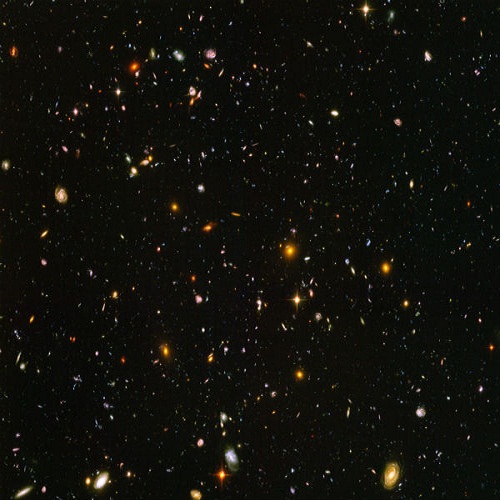A slew of new satellites aim to make the world better connected but it might come at the expense of humanity’s ability to reach out to the stars.
Thousands of new satellites are set for launch in the coming year by SpaceX and other companies in an effort to improve internet connectivity which currently relies on cables that don’t reach remote areas with fast service.
But astronomers and astrophysicists warn that the highly reflective satellites are messing with the pristine view of space. And their signals cause even worse havoc on radioastronomy.
Photographs of the night sky already are being marred by streaks created as satellites pass by during long exposures.
“They present a foreground between what we’re observing from the Earth and the rest of the universe. So they get in the way of everything,” astrophysicist Dave Clements of Imperial College London told BBC News.
“And you’ll miss whatever is behind them, whether that’s a nearby potentially hazardous asteroid or the most distant quasar in the universe.”
Currently, BBC noted, there are 2,200 satellites orbiting Earth. But Starlink constellation, headed by SpaceX, will add about 1,500 by the end of 2020 and as many as 12,000 in five years.
Additionally, the UK company OneWeb plans to launch at least 650 satellites, though that number could rise to 2,000. And Amazon plans 3,200 satellites of its own.
Astrophysicist Martin Barstow of the University of Leicester is less alarmed than many of his colleagues, telling the BBC that while the numbers do sound scary, “actually space is big — so when you superimpose them all on the sky, the density of these things is not going to be very large.”
It might be some effort for observatories to remove the streaks from their images, he said, but “it can be done.”
The issue is worse, he said, for radioastronomy, where they will cause interference even though they use different radio signals.
SpaceX and OneWeb said they are working with astronomers to come up with ways to reduce their impact on observations. SpaceX plans a special coating on its next launch in hopes that it will cut reflectivity. OneWeb plans to use an orbit of 1,200 km to avoid interference of both reflective and radio frequencies.










